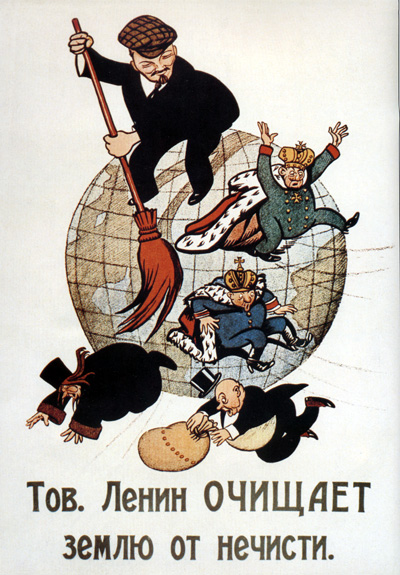Braver than the troops.
History
Welcome to c/history! History is written by the posters.
c/history is a comm for discussion about history so feel free to talk and post about articles, books, videos, events or historical figures you find interesting
Please read the Hexbear Code of Conduct and remember...we're all comrades here.
Do not post reactionary or imperialist takes (criticism is fine, but don't pull nonsense from whatever chud author is out there).
When sharing historical facts, remember to provide credible souces or citations.
Historical Disinformation will be removed

I think it's interesting how civil rights photography is always in black and white despite the fact that color photography was not only available but downright common for several decades at that time.
Color reversal film was expensive and completely impractical to print on a large scale, especially for professional photographers who would go through a whole roll in mere minutes, if even that. Color negative film was generally pretty terrible with an absolutely horrendous shelf life. It suffered from light sensitivity issues and was just not very well suited for journalistic purposes. Even if they did use color film, very few people, most likely only the editorial staff, would ever see it printed in color. It would not be published in color at the time. The only way the color version would conceivably reach a mass audience is through republication decades later in a book. Color photographs were only printed in color in art books, advertisements, or catalogues, as a general rule. In rare instances color exhibitions were held, but these were rare as well due to color photography being perceived as “pedestrian” - 90% of the time it was used by vacationers and tourists.
So while technically speaking, color photography was widely and readily available continuously from 1907, due to the impracticality and expense of reproduction, mass media, with the exception of television (video, not film), was 90% black and white up until the 1990s. There had to be a justification for the expense of printing in color - for example a subscription publication such as National Geographic, other source of additional funding such as grants, or some perceived sales value, etc. Newspaper photographs certainly weren’t considered important enough to do this. And their subscribers would certainly not have been happy with the substantial price increase that would have been necessary with the printing technology at the time - and also, you have to print a metric ton of these every minute, only black and white could do that.
newspapers still weren't printed in color, and news photographers/non-professionals took the lion's share of the pictures i should think
It's black and white because a lot of the photography around the civil rights movement was for newspapers.
So, there are three chief advantages of black and white film:
Firstly, newsprint means colour is superfluous because newsprint is black and white with a halftone process to get shades of grey.
Secondly, black and white film was (and still is) a lot more sensitive and forgiving of lighting conditions than colour film, especially colour film in the '60s. That's pretty important when you're in a crowd trying to get a photo of something in a hurry. It means you can use a smaller aperture which gives you a greater depth of field, which makes for nice snaps to capture a whole scene. You can also up the shutter speed to give crisp photos with no motion blur.
Finally, black and white film has a quick and easy development process. So you can get your prints in and out of the newspaper darkroom pronto, and you can manually pump the lighting and contrast during the development process to make a mediocre photo good enough for the evening paper.
How do you participate in this and still think you're a good person?
Does that store have a 'boobs' section?
books 
Boobs section is around back, through the bead curtain
those guys aren't rockabilly, they're just a bunch of bruisers.
